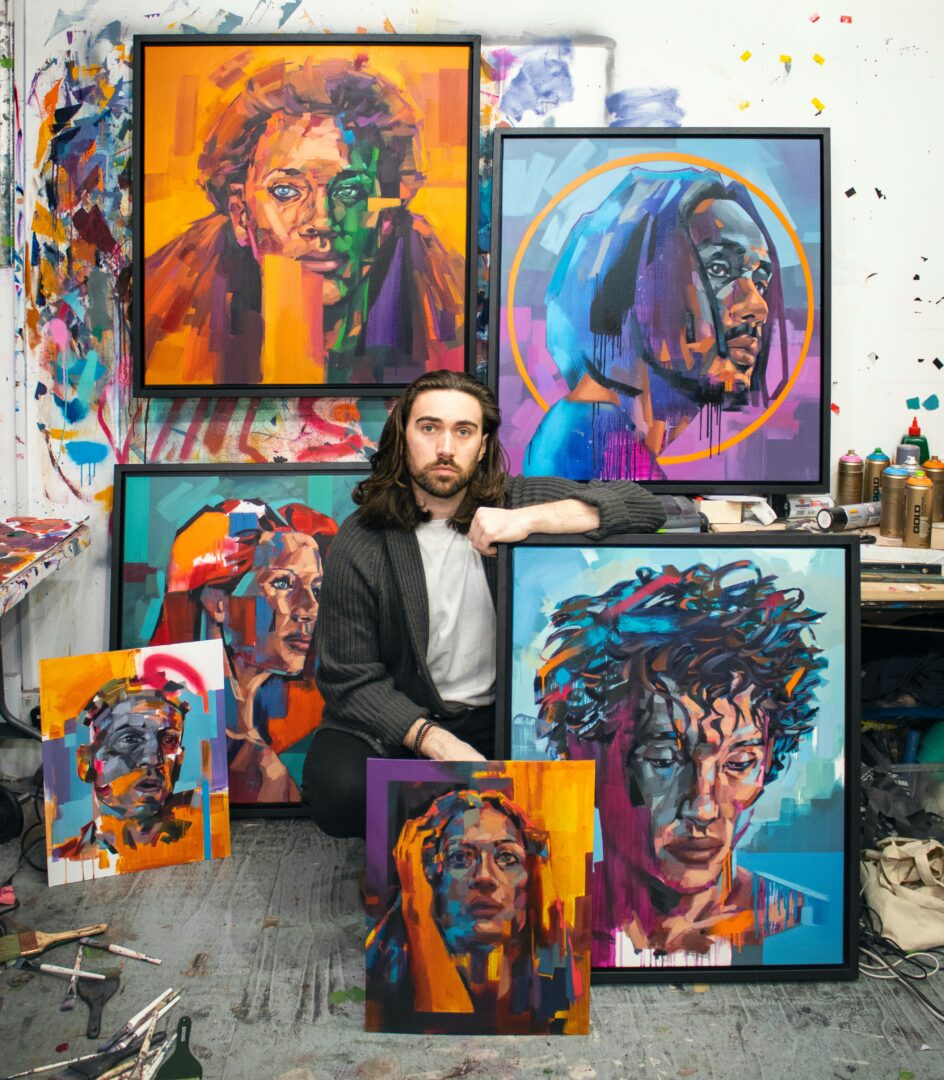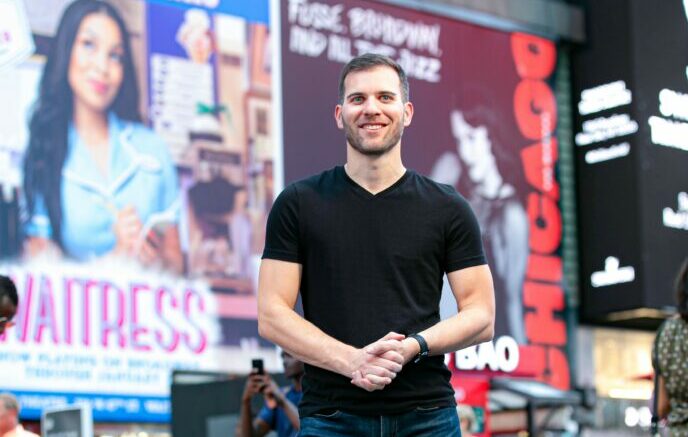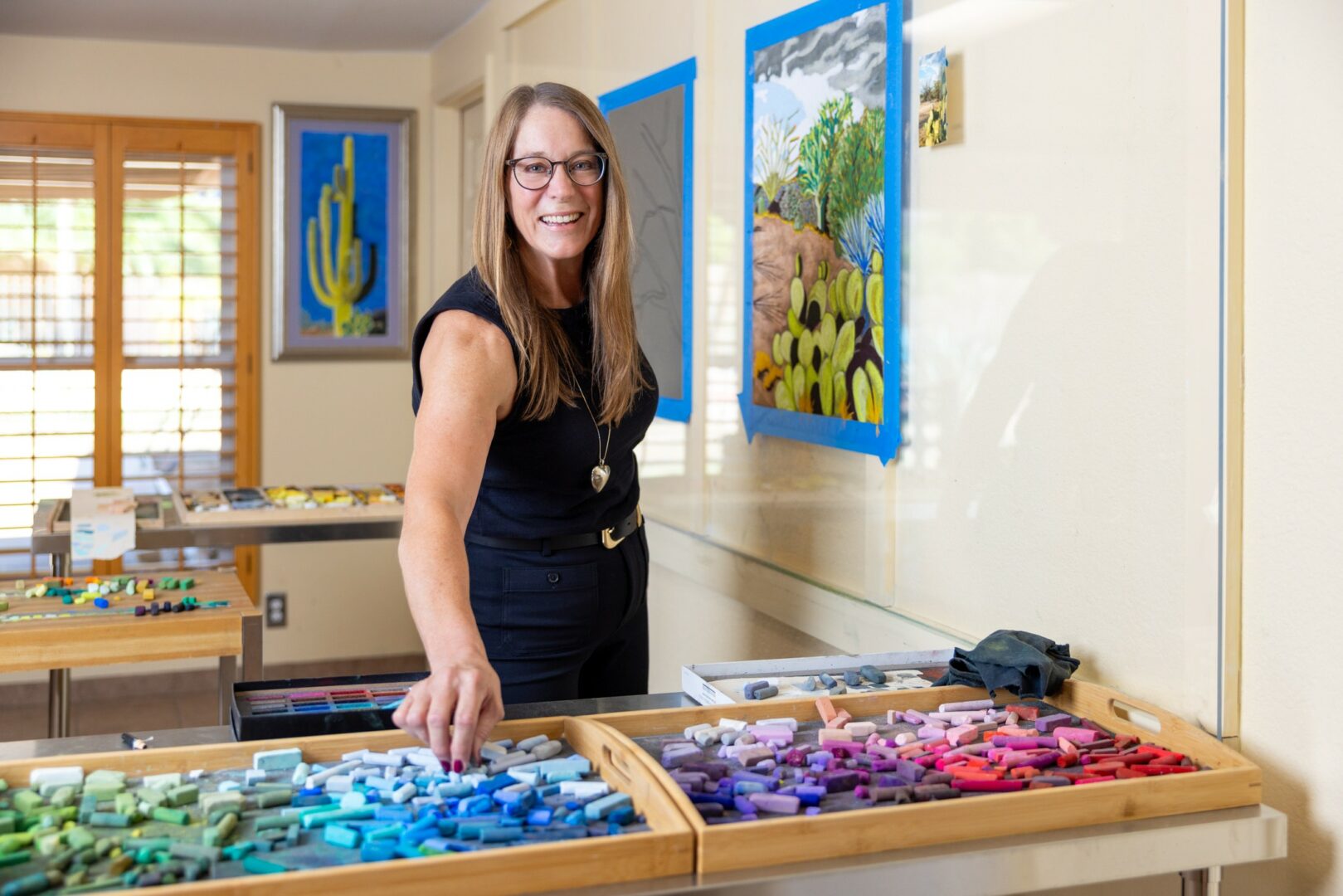Alright – so today we’ve got the honor of introducing you to Brad Kenny. We think you’ll enjoy our conversation, we’ve shared it below.
Hi Brad, appreciate you sitting with us today to share your wisdom with our readers. So, let’s start with resilience – where do you get your resilience from?
My Story
I am severely dyslexic. I’ve always loved to draw and paint, but growing up I was often told by specialists that my future wouldn’t amount to much — that I’d never go beyond stacking shelves.
At college, I knew I wanted to go to university to develop my skills as an artist and discover who I could become. I was confident I’d achieve the highest grade in art — it was what I was best at and what I truly loved. But to get onto an art degree, I needed at least a C in my English GCSE… and I only had a D.
It seemed impossible because of my dyslexia, but I decided to retake English while finishing my college art course. When results day came, I received a distinction in art — but once again, I got a D in English. That day, I had my first real breakdown. There was no plan B, no other path I could see to becoming a trained artist. For a moment, I believed all those people who said I wouldn’t succeed.
Then, that summer, I received an email:
“Brad Kenny, you have been accepted to the University of Chichester.”
When I met my new lecturers, I asked why I had been accepted despite not meeting the grade requirements. They simply said, “Your art was too good to waste.”
Ten years on, I’m still pursuing my art career — one of only three from my course of sixty who continue to do so. My work has been exhibited in London, New York City, and Los Angeles, and featured in a Channel 4 documentary. I’ve shown my work at The Shard, in Mayfair, The Mall Gallery and other well known establishments across London. My paintings have found homes with collectors across the UK, the USA, China, and Europe.
This journey has come to define my career and taught me the true meaning of resilience and to play at your strengths.

Great, so let’s take a few minutes and cover your story. What should folks know about you and what you do?
I’m a contemporary painter whose work explores emotion, identity, and human experience through bold brushwork, abstraction, and distortion. My paintings are a language in themselves — a visual way of communicating that goes beyond words. As someone who is severely dyslexic, art has always been my clearest form of expression; it allows me to translate what I feel and observe into colour, movement, and texture.
What excites me most about painting is the endless possibility of transformation — how a single mark can shift meaning, emotion, or perception. My process is very intuitive; I respond to the paint as it moves, letting each layer reveal something new about the subject and myself.
At the moment, I’m working on a new body of work that explores masculinity and the modern male identity — questioning what it means to be a man today and how that sense of self is shaped, distorted, and reconstructed through emotion and reflection. It’s a theme I feel deeply connected to, and one that continues to push my practice both conceptually and visually.
Ultimately, my art is about connection — between thought and feeling, self and other, chaos and stillness.
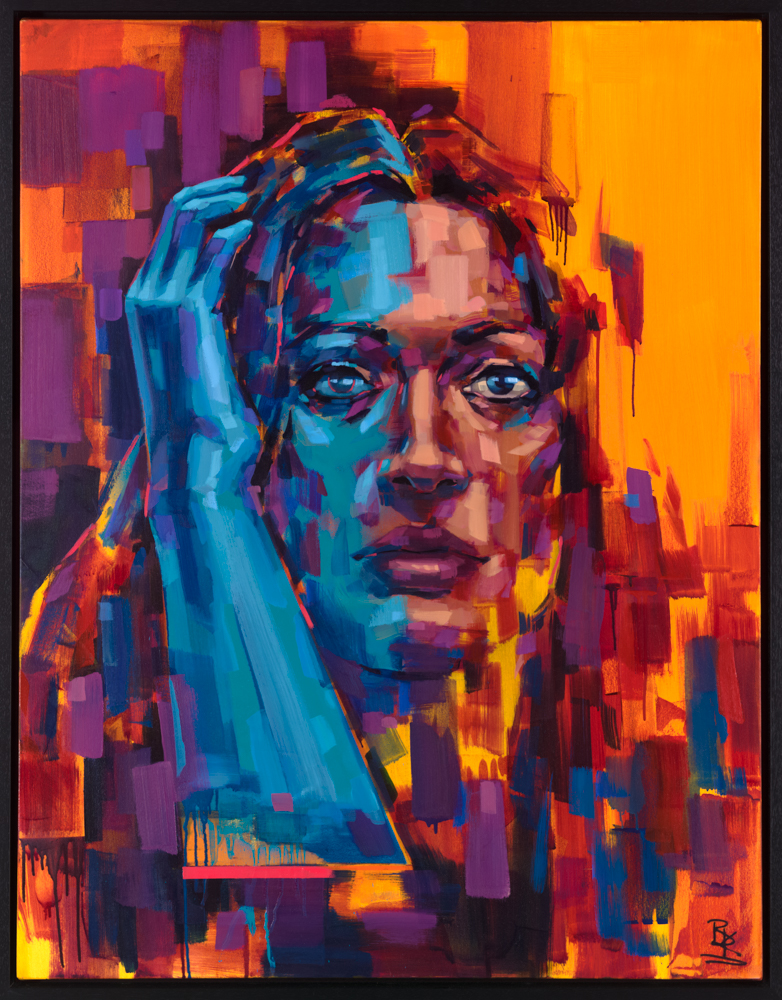
If you had to pick three qualities that are most important to develop, which three would you say matter most?
Looking back, the three qualities that have had the biggest impact on my journey are resilience, self-belief, and authenticity.
Resilience was the first I had to learn. Every rejection, setback, or period of uncertainty has taught me how to keep going when things don’t come easily. I would always say what if you are one more “no” away to a “yes”.
Self-belief came through doing the work. I wasn’t confident from the start — but showing up to paint every day, even when no one was watching, slowly built that confidence. It’s important to back yourself, even when you’re unsure. Progress comes from persistence, not perfection.
Authenticity is what keeps everything meaningful. Early on, I tried painting what I thought people wanted to see, but my best work comes when I paint from emotion and instinct — when I trust my own visual language.
For anyone starting out, my advice would be: embrace your individuality, work relentlessly, and don’t fear failure. The most powerful thing you can do as an artist is stay true to your voice — because that’s what ultimately sets you apart.

What is the number one obstacle or challenge you are currently facing and what are you doing to try to resolve or overcome this challenge?
At the moment, the biggest challenge I’m facing is pushing my work into its next stage of development while gaining greater exposure. After over a decade of painting professionally, I feel I’m entering a new chapter — one where I want to dig deeper conceptually and emotionally while also reaching a wider audience who can connect with that growth.
To overcome this, I’ve been focusing on building visibility through exhibitions, collaborations, and online presence, while also giving myself space to take creative risks and experiment in the studio. It’s about evolving both artistically and professionally — expanding the reach of my work without losing its integrity or emotional depth.
It’s a demanding stage, but also an exciting one, because it means the work — and my journey as an artist — are still evolving and growing.
Contact Info:
- Website: https://www.bradkennystudio.com/
- Instagram: https://www.instagram.com/brad_kenny_studio/#
- Facebook: https://www.facebook.com/BradKennyStudio
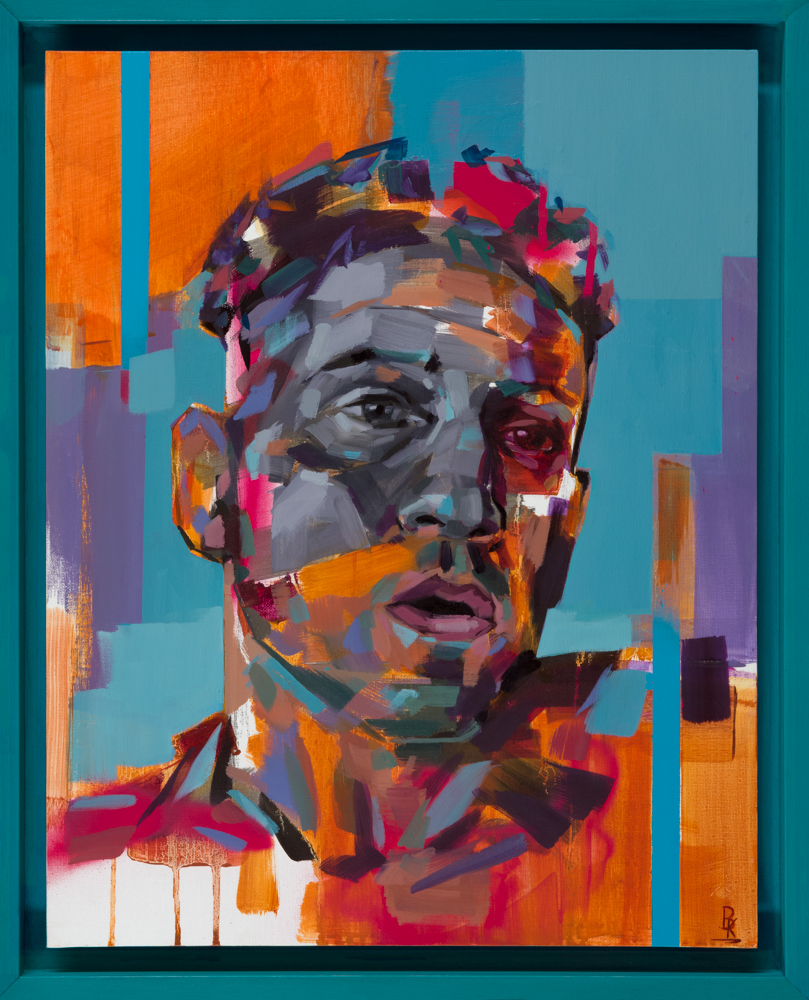
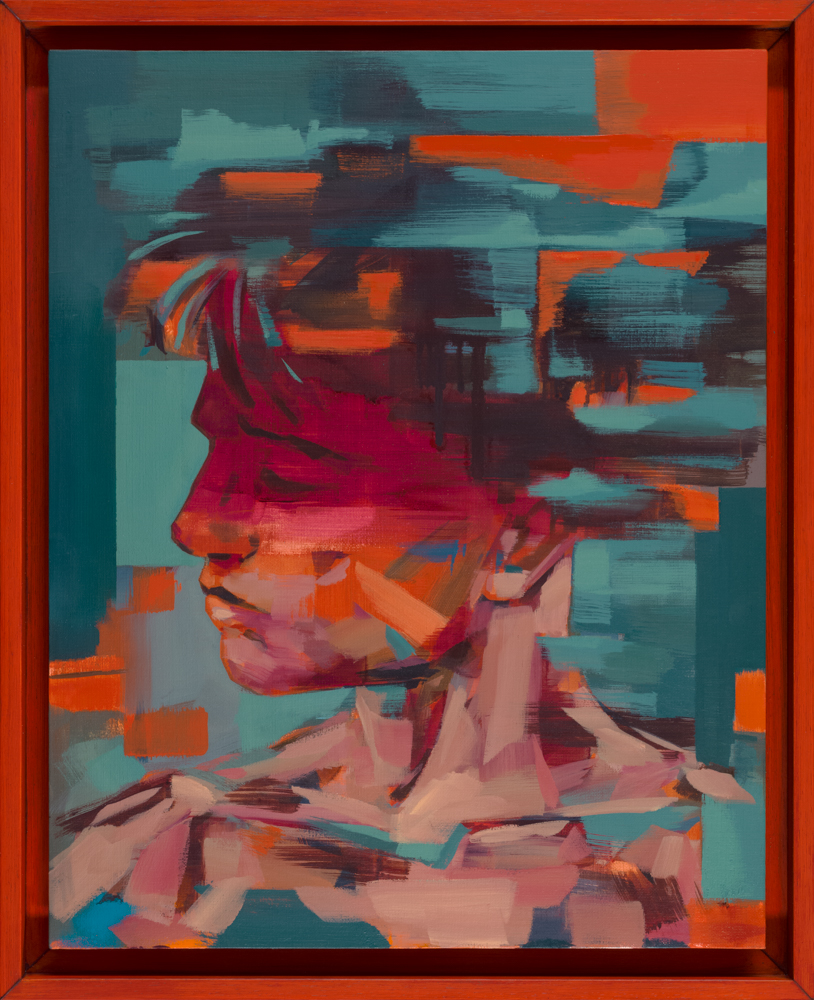
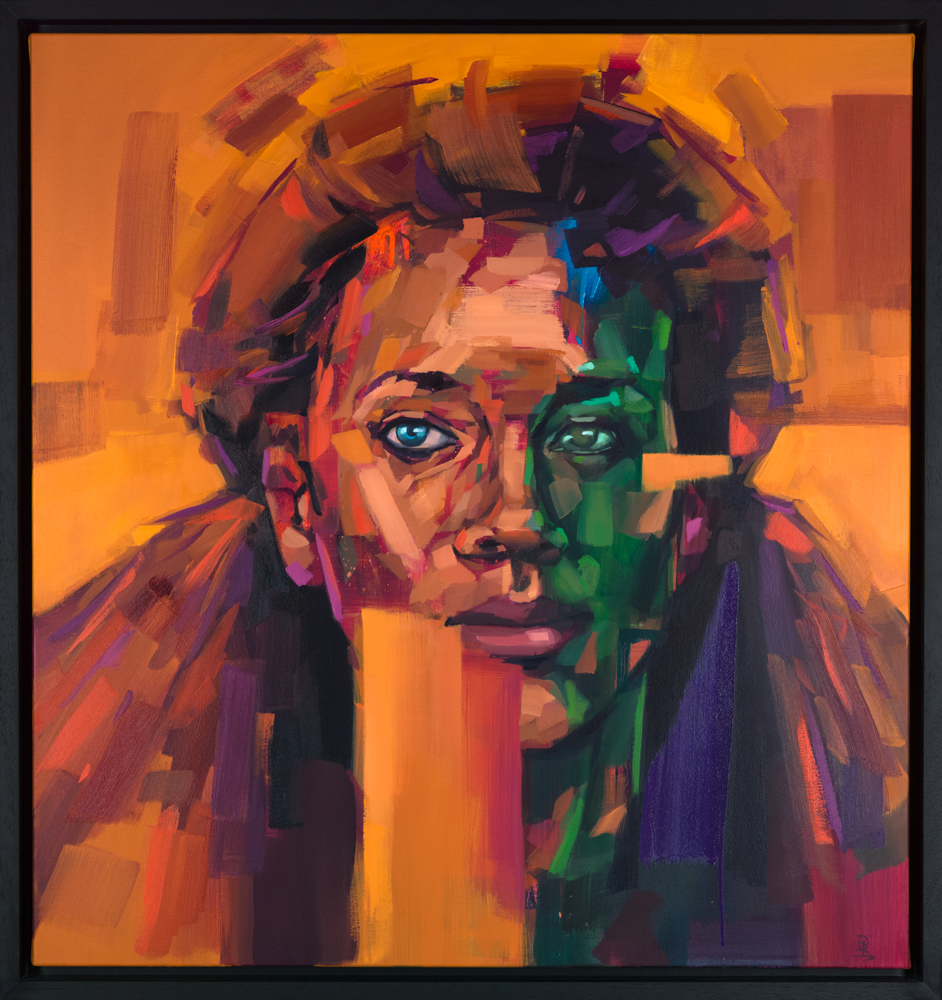
Image Credits
Martin Sturgess.
https://www.ateliersturgess.com/
so if you or someone you know deserves recognition please let us know here.

